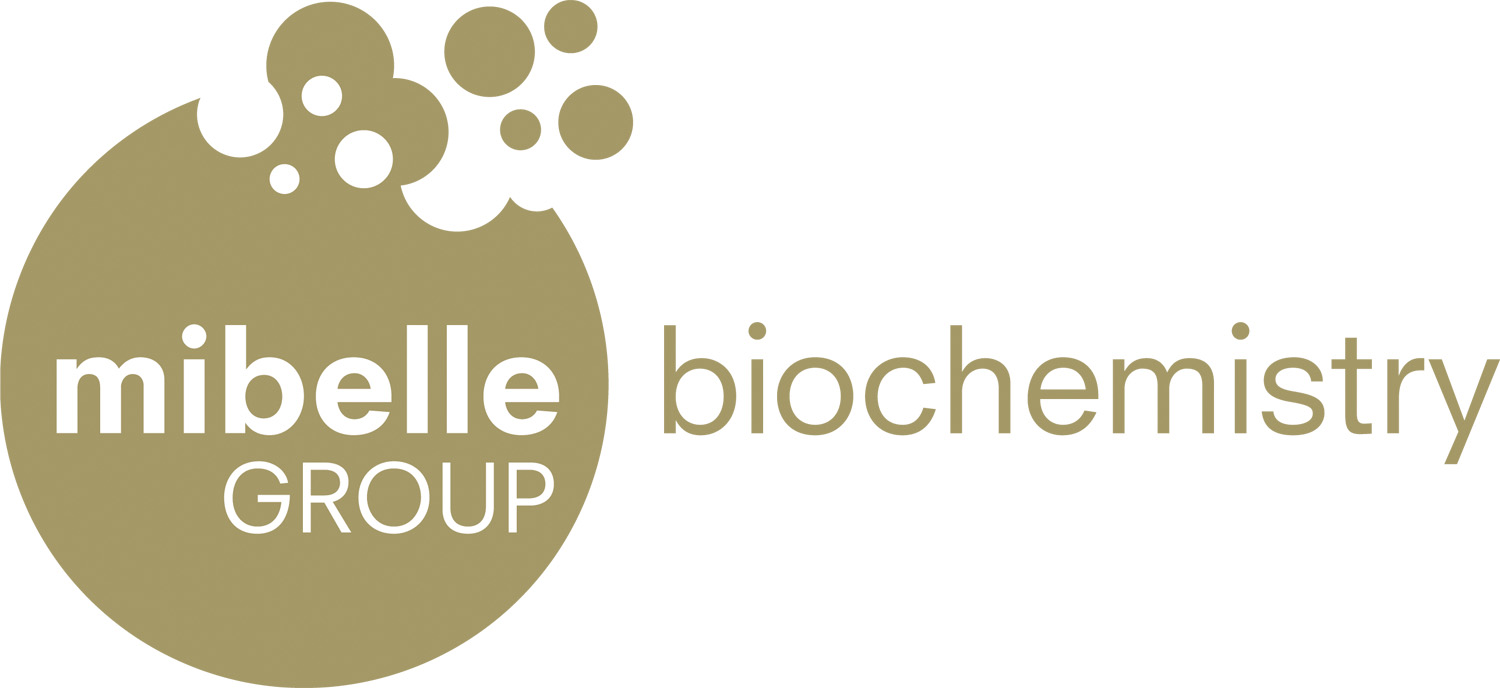Bayer enters the strawberry market with UK acquisition
2 Last year
5,462
40
0
Comment area
Bayer enters the strawberry market with UK acquisition
NIAB’s strawberry breeding program allows the biotech giant to develop a wide range of genetics and crop protection products.
Dive Brief:
-
Bayer AG is purchasing strawberry assets from a plant science research company based in the U.K., expanding its fruits and vegetables business.
-
The National Institute of Agricultural Botany’s Strawberry Breeding Programme in Kent allows Bayer’s crop science division to develop a broader range of genetics and crop protection solutions for specialty growers, the biotech giant said last week.
-
Bayer has plans to make its strawberry innovations available beyond the U.K. to meet soaring global demand for the fruit. The acquisition is expected to close by the start of 2024. Financial details were not disclosed.
Share
Collection
Collected
Give the thumbs-up
Liked
The content is the author's independent opinion, does not represent the position of Matchexpo, and cannot be reproduced without permission
 Pages you might like
Pages you might like

Haier

Retail Channel

Rum21

FESPA Mexico
An unparalleled celebration where professionals from the printing industry will be able to meet with colleagues and exhibitors to find new approaches in large format digital printing, textile printing, screen printing, sublimation, garment decoration and signage.
People who may be interested
Change it

Z*d
Zhejiang Jiete Smart Technology Co., Ltd
+ Friends

T*s
Tribesigns
+ Friends

L*.
Luxe B Co.
+ Friends

H*d
Hangzhou Bolin Hardware Co., Ltd
+ Friends
用
用*4
+ Friends
 Latest information
Latest information
Matchexpo is an exhibition community platform for event & fair community in China, serving the essential functions of exhibitions, events, fairs, assisting ticket sales, visitor registration and booth reservation, allowing organizers to create, share, find and participate in activities, creating community space for organizers and exhibitors, finding their partners and helping them expand
 Follow official account
Follow official account
 Online support
Online support
Matchexpo: Event Marketing Platform
International -
Chinese Traditional -
Chinese Simplified
|
Matchpages Web Builder
|
Starify omni-Channel Chatbot
2019-2022。 Matchexpo | Wuhan Matchexpo Technology Co., Ltd. All rights reserved.
 鄂ICP备2022017323号
鄂ICP备2022017323号
 鄂公网安备 42018502006493
鄂公网安备 42018502006493
 鄂ICP备2022017323号
鄂ICP备2022017323号
 鄂公网安备 42018502006493
鄂公网安备 42018502006493
Room 03, Floor 3, Building 4, Gezhouba Sun City, No. 40, Gaoxin 4th Road, Donghu New Technology Development Zone, Wuhan
 Launch Exhibition
Launch Exhibition
 Release information
Release information



 Today's topic
Today's topic

















